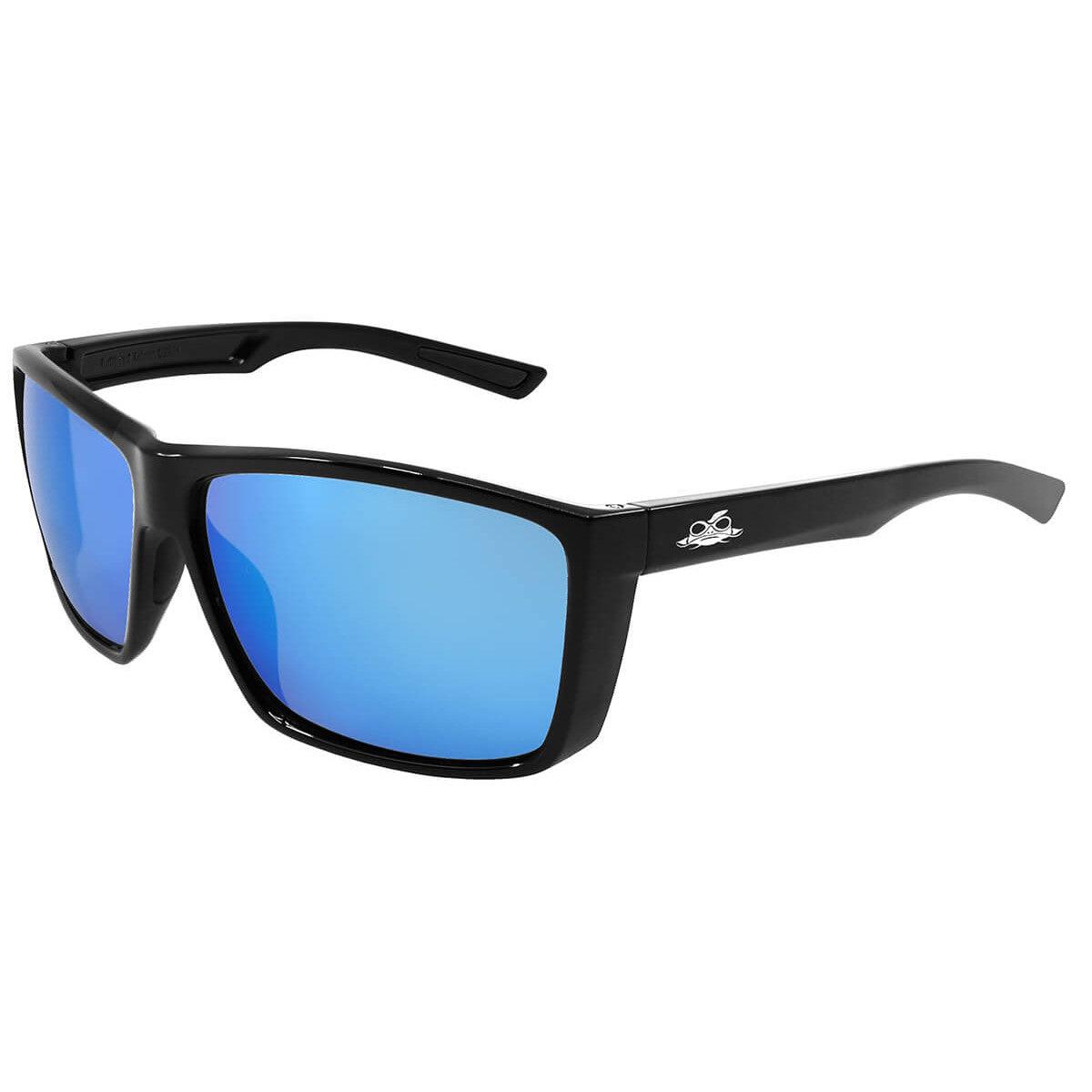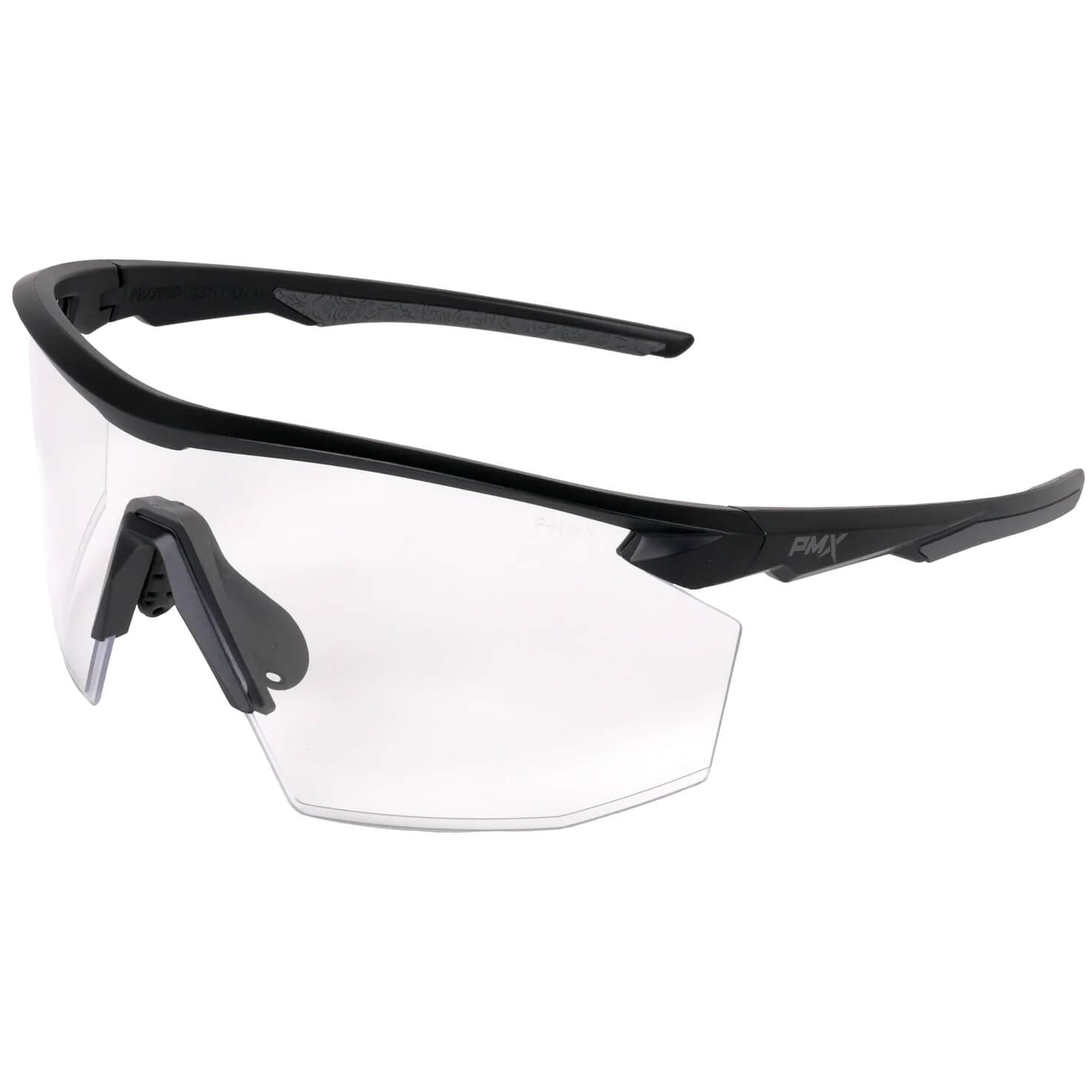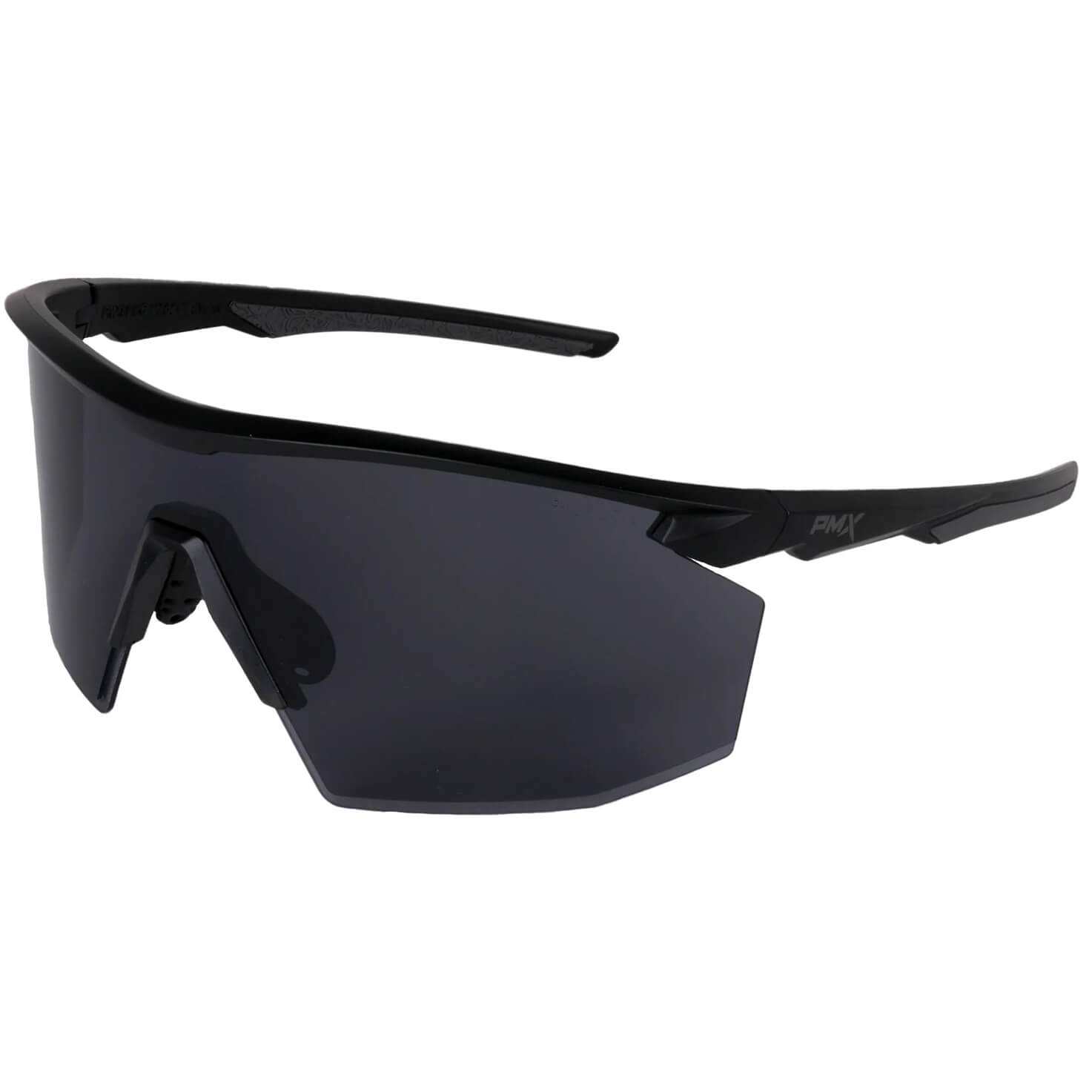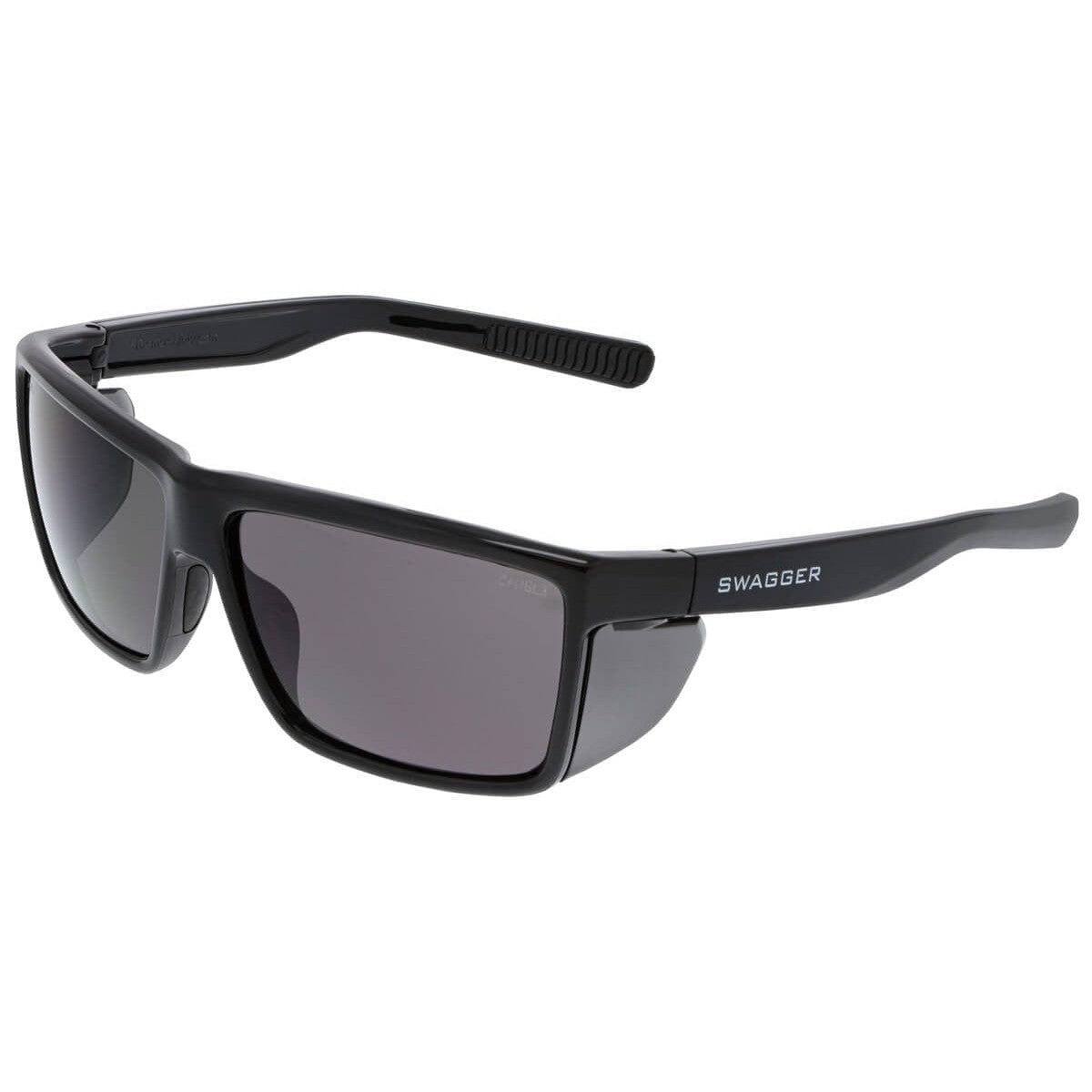Let's face it, you can spend a small fortune on hunting equipment. Over the years the typical hunter will end up with an impressive collection of camouflage clothing, hunting boots, trail cameras, firearms, ammunition, tree stands and the list goes on. Out of all these items, one of the most important pieces of gear a hunter can own is a pair of quality hunting eyewear. I know safety glasses aren't as "cool" as a new muzzleloader or the latest camo pattern, but they serve a very important purpose, protecting your eyeballs.
We all know firearms recoil to some extent, the result of a powerful explosion inside the gun's chamber. And this explosion just happens to be less than an arm's length from your face! Plus, some firearms eject hot shell casings at significant speeds. Add in the outdoor hazards of the wind, flying debris, pesky tree limbs and you can see why wearing a pair of quality, protective eyewear simply makes sense for hunters.
In addition to protecting your eyes, safety glasses can also increase shooting your accuracy. Certain lens colors can actually enhance your depth perception and increase visual acuity. Those are some nice advantages to have when you've got that trophy buck in your sights.
6 Tips to Help Hunters Choose the Best Eye Protection
Quality safety glasses will do an excellent job of protecting a hunter's eyes from impacts. However, with so many safety glasses to choose from, you'll want to consider the following features when selecting a pair.
- Choose wrap-around shooting glasses for extra protection from bright light, flying debris and eye scratches from pesky tree limbs.
- Make sure lenses are shatter-resistant. Accurateshooter.com reports that safety glasses marked with the Z87.1+ high-impact rating performed the best in testing by the NRA's American Hunter magazine.
- Look for styles with adjustable options. The ability to adjust the fit of nose pads and temples can go a long way to increasing the comfort of eyewear, which means less distraction and better focus.
- Consider styles with foam padding on the frame for protection from excessive dust and flying debris. Keep in mind the foam padding may increase lens fogging in certain conditions.
- Look for frame styles with a "sweat bar" to add stability and ensure a more secure fit. The "sweat bar" will reduce the likelihood of excess sweat from dripping down into your eyes.
- Choose anti-fog lenses. Changing temperatures along with the physical exertion of the hunt can cause the glasses to fog up and impair your vision.
Hunting eyewear with orange lenses reduces blue light which increases contrast and depth perception.
6 Guidelines for Choosing Hunting Eyewear Lens Color
Eyewear with certain lens colors can enhance visibility in ways most hunters find helpful. Consider the following for choosing the best lens color for your unique shooting situation:
- Yellow and orange lenses block haze and blue light which helps increase contrast and depth perception.
- The brighter yellow the lens, the better for seeing in low contrast and near-dark settings.
- A light purple color is good for enhancing the orange of a clay target against a background of trees.
- Vermillion helps in situations where there is a varied background, such as with trees, to help the target stand out.
- Gray lenses help wearers see targets exactly as they are. While gray lenses do not enhance the target, they do help reduce glare from bright sunlight.
- Polarized lenses reduce glare caused by sunlight reflecting off water and other flat surfaces, which enhances outdoor vision.
For many hunters, one lens shade simply does not fit for every situation. Fortunately, many hunting eyewear styles come with more than one lens option, providing both cost savings and versatility.
Good vision is a key to becoming a skilled hunter. Proper eyewear will not only protect your eyes, they can also enhance a hunter's ability to spot wildlife as well as increase the ability to make a terrific shot. Taking the time to choose proper eyewear before going hunting can pay big dividends later both through the protection of a person's eyesight and in the thrill of victory resulting from a successful hunt.








